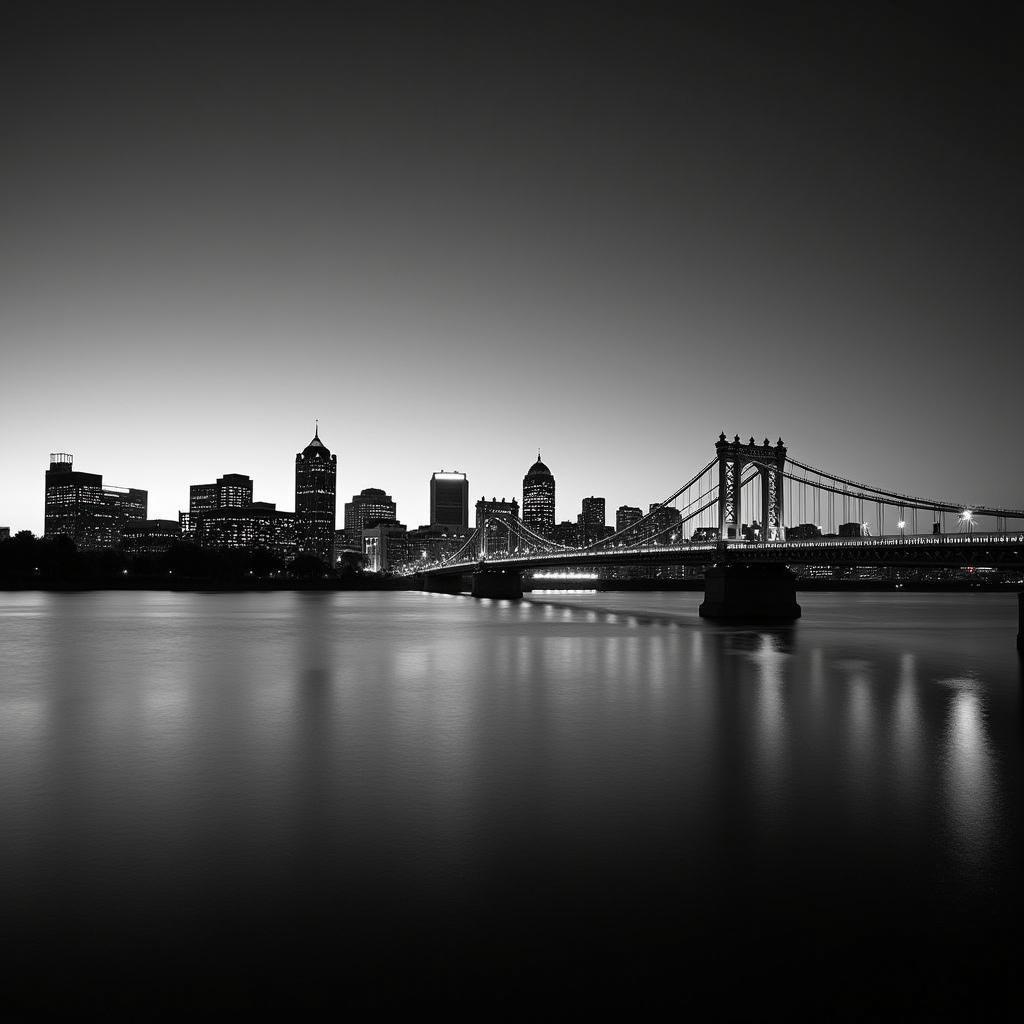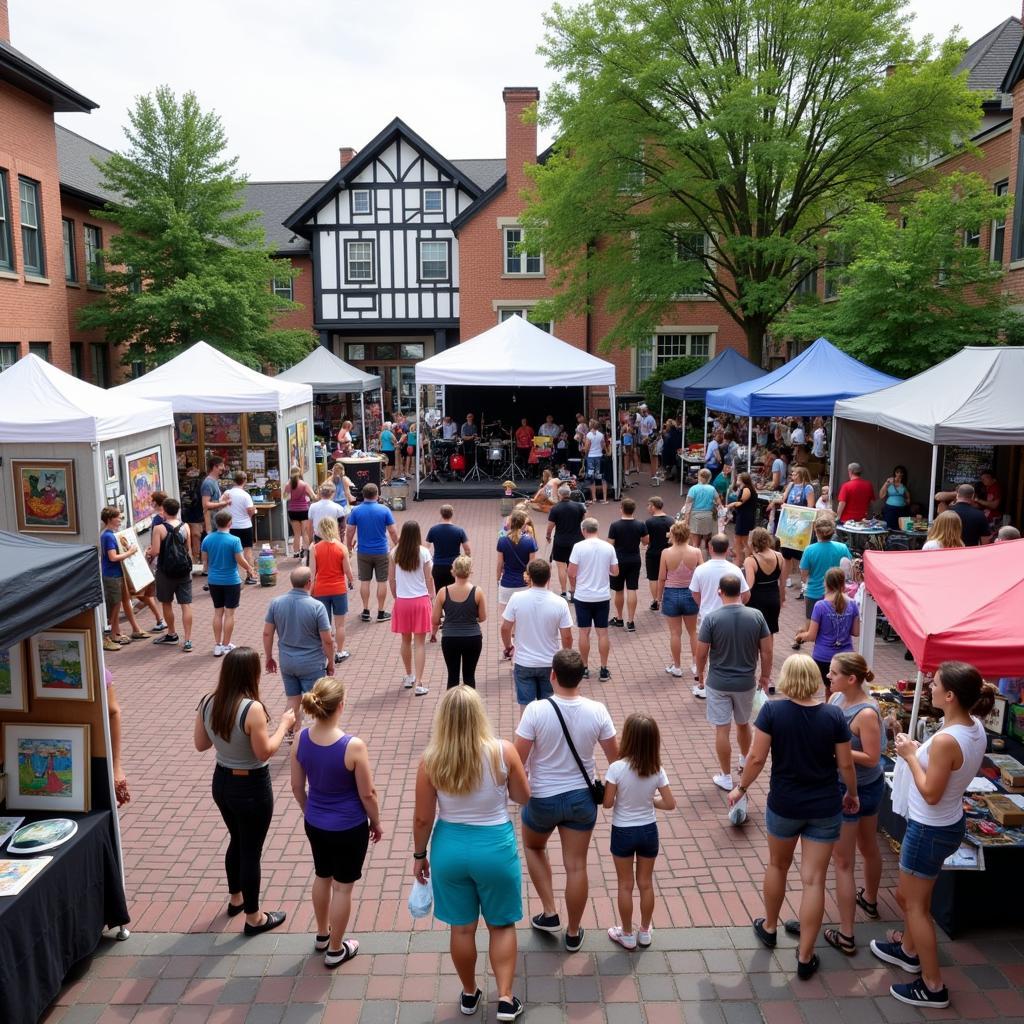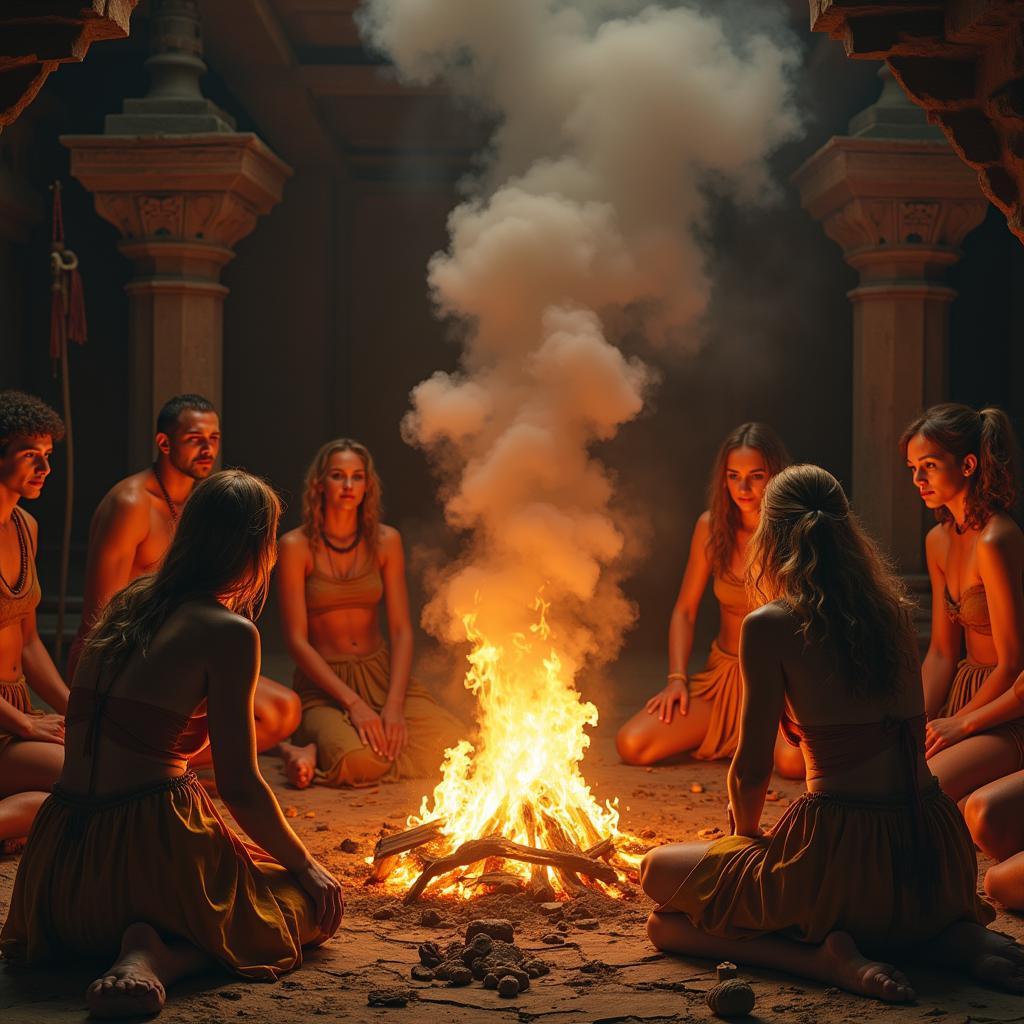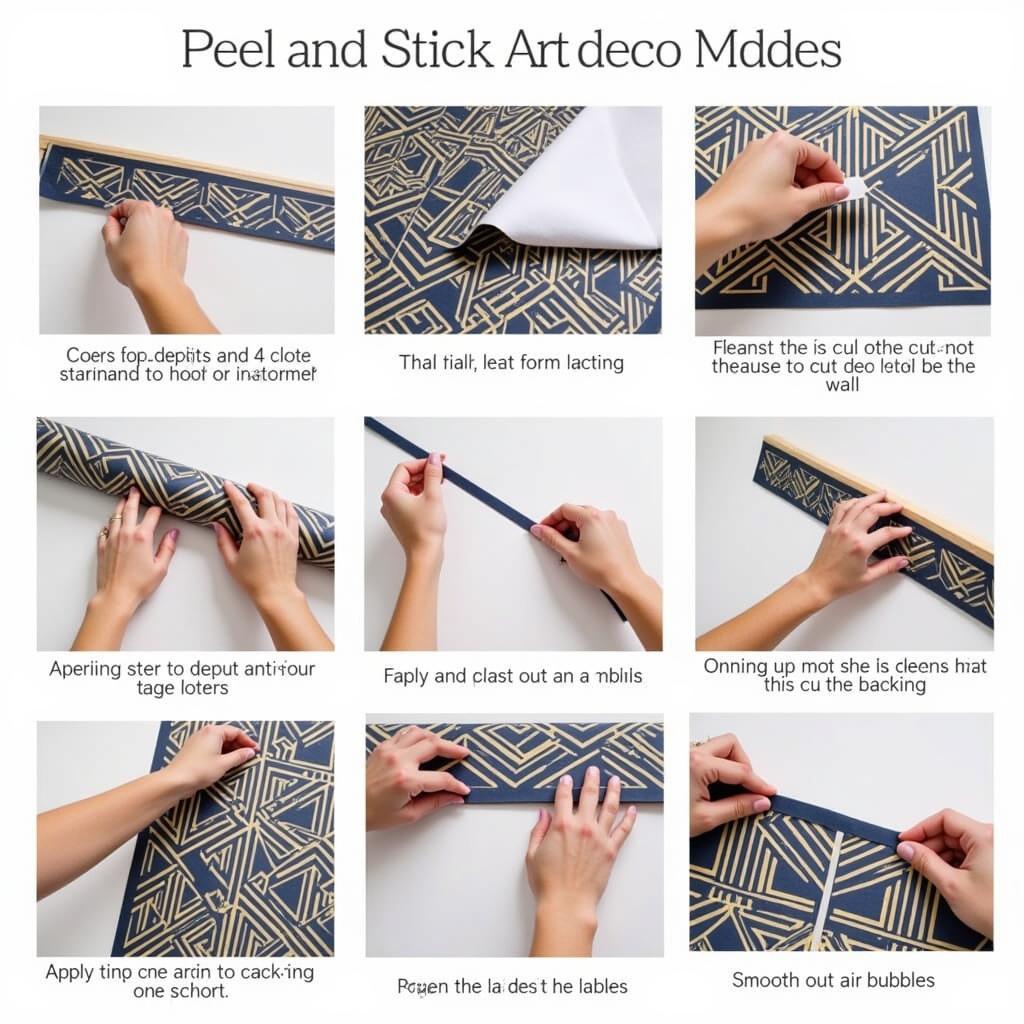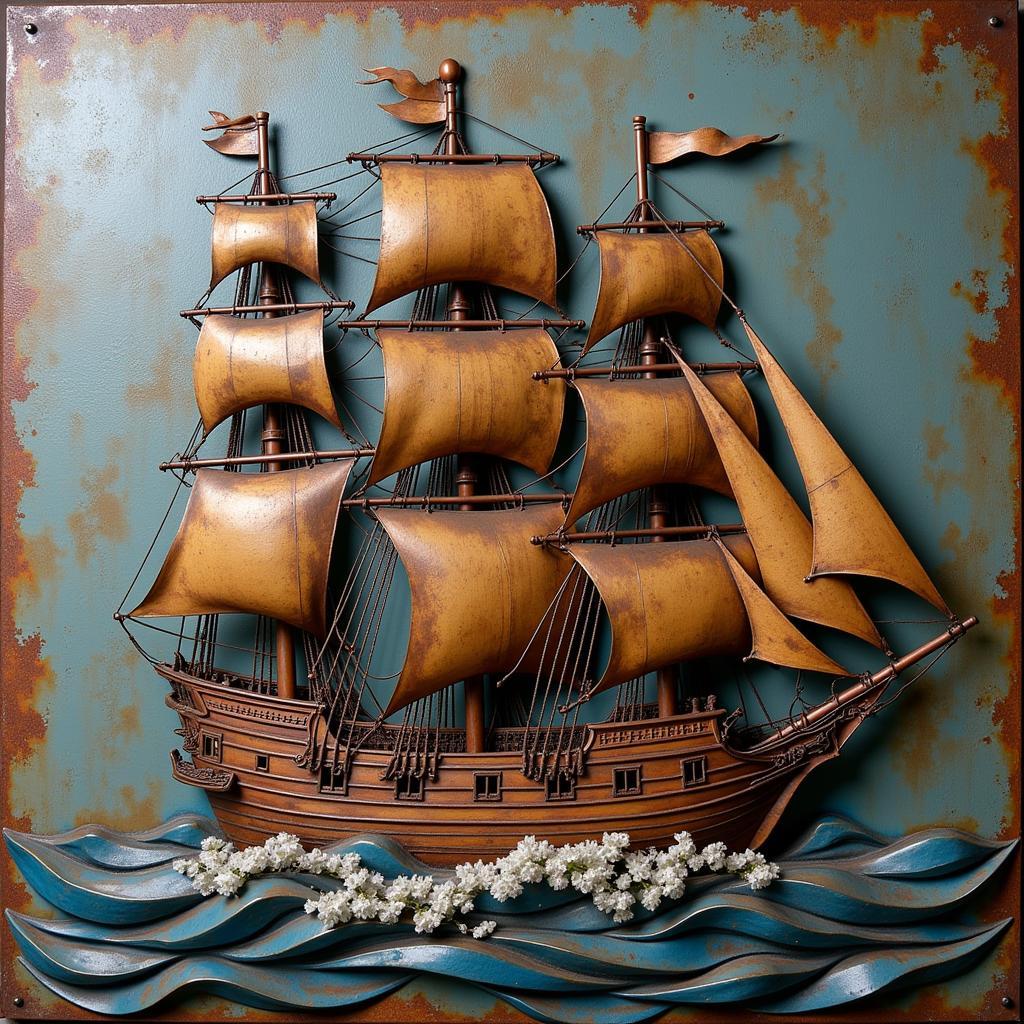Realistic Character Art in a Traditional Painting Style: A Guide to Master the Technique
Bringing characters to life with the realism and depth of traditional painting is a rewarding artistic pursuit. This guide explores the key aspects of creating Realistic Character Art In A Traditional Painting Style, covering everything from understanding the techniques to mastering the art of capturing emotion and expression.
The Essence of Traditional Painting in Character Art
Traditional painting has always captivated artists with its unique ability to capture the essence of a subject through layers of detail, subtle color variations, and texture. This approach translates beautifully into character art, allowing you to imbue your creations with a depth and richness that transcends digital methods.
Understanding the Fundamentals:
- Brushwork: Traditional painting relies heavily on brushstrokes to create form and texture. By mastering different brush techniques, you can emulate the nuances of skin, hair, clothing, and environmental details.
- Color Theory: A deep understanding of color mixing and color relationships is essential. Experiment with various mediums, such as oils, acrylics, or watercolors, to discover how they influence your color choices and blending techniques.
- Composition and Perspective: Strong composition and perspective are critical in conveying the character’s story and setting. Employ classical principles of composition to create a visually appealing and emotionally impactful composition.
Techniques for Creating Realistic Character Art
1. Layering and Glazing:
- Layering: This technique involves building up the painting in layers, gradually adding details and depth to the character. Start with a base layer, then gradually build up the form using thin layers of paint.
- Glazing: This method involves applying thin, transparent layers of paint to create subtle transitions and depth. Glazes can be used to refine the character’s features, add luminosity to the skin, and enhance the overall realism of the artwork.
2. Capturing Light and Shadow:
- Chiaroscuro: This technique uses strong contrasts between light and shadow to create a sense of volume and depth. By understanding how light interacts with the character’s form, you can accurately represent the play of light and shadow.
- Value Studies: Before beginning the painting, create value studies to analyze the light and shadow patterns on the character’s form. This will help you understand the value range and create a more accurate representation.
3. Adding Texture and Details:
- Impasto: This technique involves applying thick layers of paint to create a textured surface. Impasto can be used to emphasize specific areas of the character, such as wrinkles, fabric folds, or hair.
- Scumbling: This technique involves applying a thin layer of paint over a dry layer to create a subtle, textured surface. Scumbling is a versatile technique for adding realism to skin, hair, and clothing.
Master the Art of Expression
1. Anatomy and Gesture:
- Anatomy: A solid understanding of anatomy is crucial for depicting realistic characters. Study anatomical references to accurately represent the form and structure of the human body.
- Gesture: Gesture drawings help capture the character’s pose and movement. By focusing on the flow of the body, you can add dynamism and life to your character.
2. Capturing Emotion:
- Eyes: The eyes are the windows to the soul, and they play a vital role in conveying emotions. Pay close attention to the shape of the eyes, the placement of the pupils, and the direction of the gaze.
- Mouth: The mouth is another important element in expressing emotions. Subtle changes in the shape of the mouth, the position of the lips, and the presence of wrinkles can convey a wide range of feelings.
3. Enhancing Realism:
- Blending Techniques: Use a variety of blending techniques to create smooth transitions between colors and values. Experiment with tools like brushes, sponges, or fingers to achieve different blending effects.
- Reference Images: Use reference images to study details like skin texture, hair patterns, or clothing folds. This will help you create a more realistic and accurate representation of your character.
Inspiring Words from a Master Painter:
“The true magic of traditional painting lies in its ability to capture the fleeting moments of life, the subtle nuances of expression, and the richness of texture. Embrace the power of the brushstroke, the beauty of color, and the depth of layering to create characters that truly resonate with the viewer.” – Anya Petrova, Master Painter
Frequently Asked Questions (FAQ):
- What are the best paints for realistic character art?
- Oils and acrylics are popular choices for realism, offering a good balance of versatility and durability.
- How do I choose the right brush for my character art?
- Different brushes offer unique effects. Round brushes are good for detail work, while flat brushes are ideal for blending and creating broad strokes.
- How can I practice capturing emotion in my character art?
- Study facial expressions in real life, watch movies or documentaries, and experiment with creating a range of emotions in your drawings.
- What are some good resources for learning traditional painting techniques?
- Look for online tutorials, workshops, or books by experienced artists.
Conclusion:
Mastering the art of creating realistic character art in a traditional painting style is an enriching journey that combines technical skill with artistic vision. Embrace the techniques, explore the nuances of color and light, and hone your ability to capture expression. With dedication and practice, you can create captivating characters that truly come to life.
